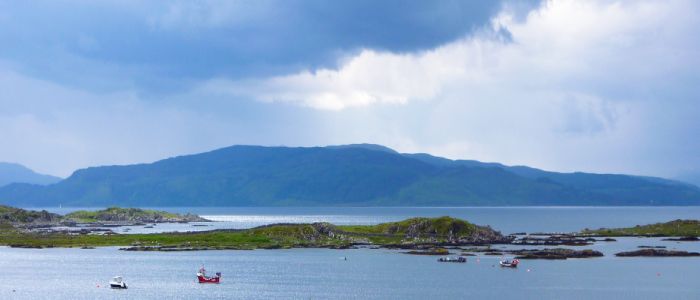
In a new joint study, between the University of Glasgow and Marine Scotland Science published today in Communications Biology, researchers found that as juvenile whiting grow to become adults some cross the fish stock boundary between the Irish Sea and waters to the west of Scotland. The Firth of Clyde and eastern Irish Sea was shown to be the main source of juvenile whiting for both the Irish Sea and the wider west of Scotland waters.
Whiting from the Firth of Clyde were previously thought to self-recruit, but in this more recent analysis using otolith microchemistry – the study of the concentration of certain elements in the otolith (a structure in the inner ear of fish and other vertebrates) – they have discovered that this area is now a significant source of whiting across the west of Scotland and Irish Sea. Whiting is a small member of the cod family, and commonly caught for consumption in the UK.
The research may be important for fisheries management, as the Irish Sea and the Firth of Clyde are currently assessed as different fish stocks. Researchers also highlight that with so many juvenile whiting originating in the Firth of Clyde nursery before moving to other areas as adults, the juveniles and adults are also likely to face pressures from different fishing fleets.
Dr Neil Burns, who carried out the work at the University of Glasgow and is now a Challenge Research Fellow at Scotland’s Rural College, said: “To properly manage natural resources like fish stocks, it is essential we understand animal movements and the ways they use different parts of the environment. The statistical method we developed here is an exciting leap forward in the study of otolith microchemistry and will help us better understand fish movements”
Dr David Bailey at the University of Glasgow, said: “This new way to link adult fish to specific nursery areas demonstrates how important coastal habitats are, and how the key nursery areas affect adult fish abundances across the whole West Coast."
Dr Peter Wright from Marine Scotland Science said this is an important study in expanding our understanding the connectivity of whiting among stocks that are currently managed separately.”
The paper, ‘Otolith chemoscape analysis in whiting links fishing grounds to nursery areas’ is published in Communications Biology. The work was funded by Scottish Government Clyde 2020 project through Marine Scotland Science.




